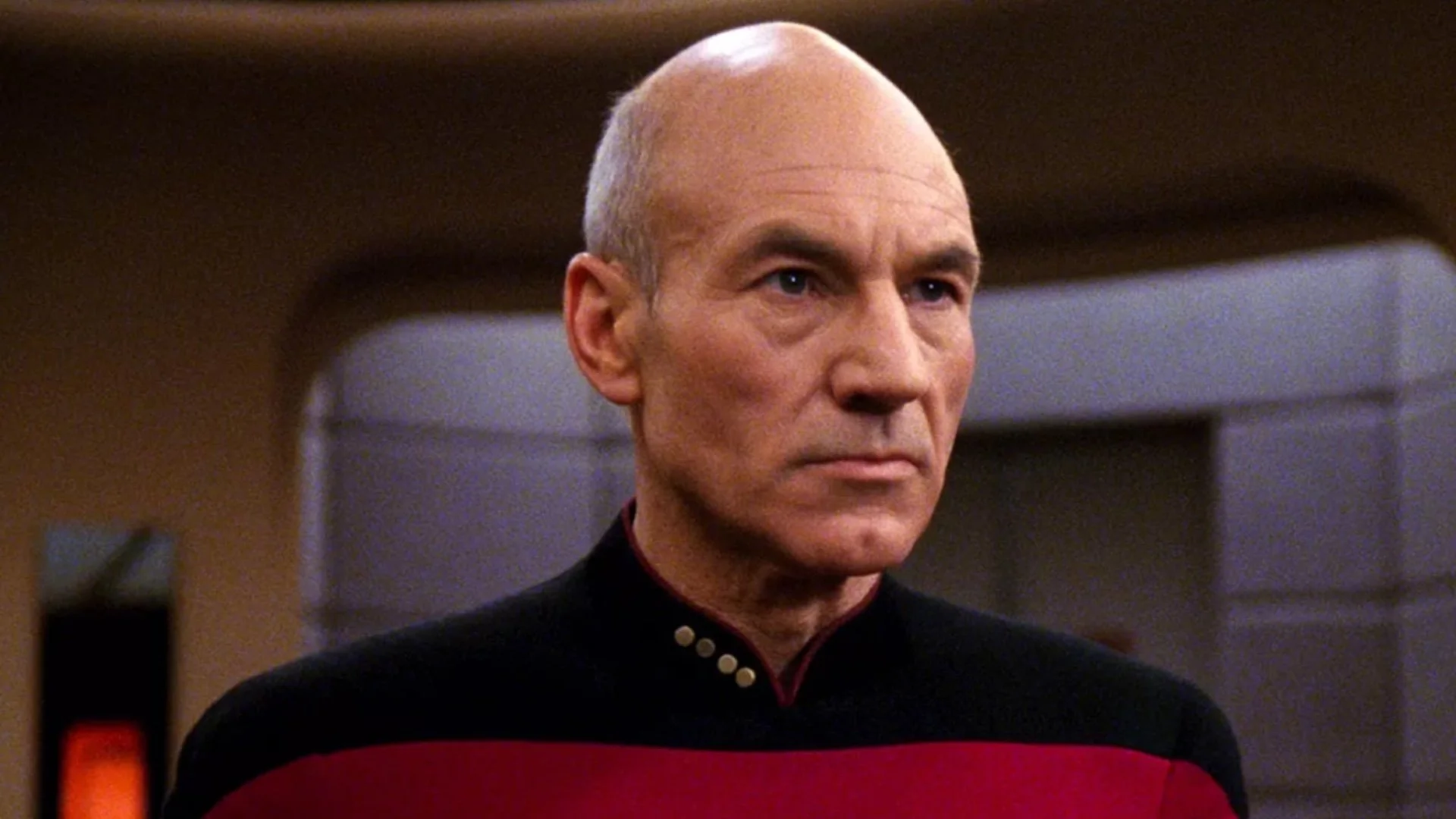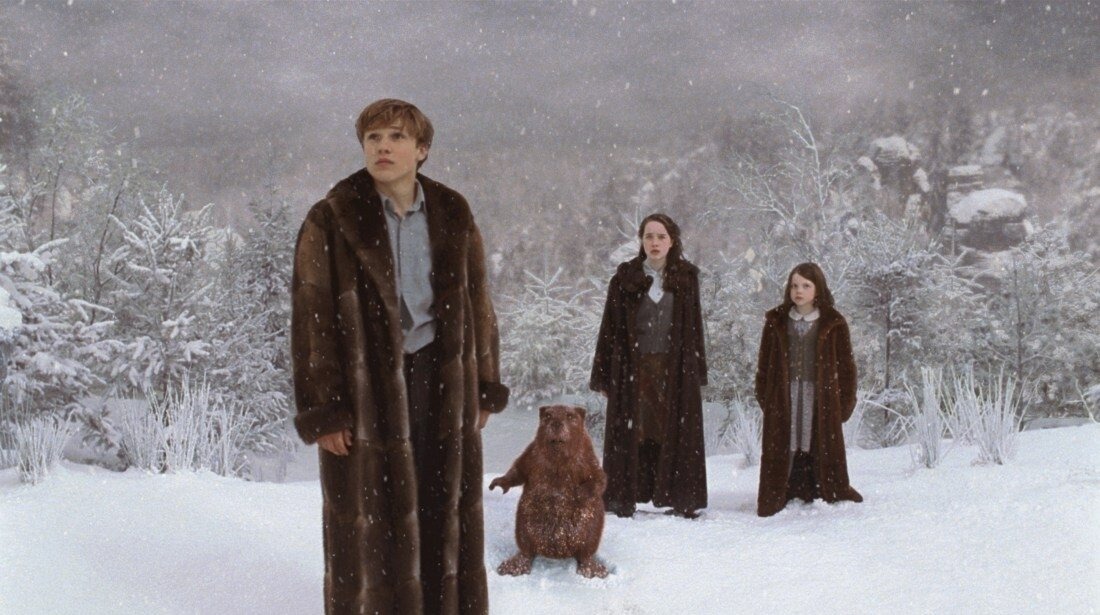Despite DC’s efforts to establish protections against artificial intelligence, major studios are warning about “inflexible” copyright rules, claiming that existing laws are sufficient to address new AI technology.
The studios’ positions on a variety of AI-related topics are outlined in a Motion Picture Association filing with the US Copyright Office. AI is also said to be a major point of contention in talks between SAG-AFTRA and AMPTP.
In the filing (read here), MPA’s legal team, including Karyn Temple, Benjamin Sheffner and Terrica Carrington, wrote that the studio members’ “general view, based on the current state of affairs, is that while there are many AI technologies out there New developments raise questions, these questions implicate established copyright doctrine and principles.At this point, there is no reason to conclude that these existing doctrines and principles will not be sufficient to provide courts and the Copyright Office with the tools they need to need to address AI-related questions as they arise.”
They added: “However, there is currently no need for laws or specific rules to apply copyright in the context of AI.”
“Developments in AI, like previous technological developments, have great potential to enhance, not replace, human creativity,” they wrote. “MPA members also believe that these developments can and should be accompanied by a copyright system that encourages the creation of original expression and protects the rights of copyright holders.”
President Joe Biden issued an executive order Monday to address concerns about AI, including a provision setting standards for watermarking AI-generated content, a measure to identify so-called “deepfakes.”
However, the executive order did not address copyright law, and other actions are left to Congress. Senate Majority Leader Chuck Schumer (D-NY) has been working on AI legislation, and other lawmakers have introduced a bill to combat the unauthorized use of an artist’s digital likeness.
There is already disagreement over the details.
In its 77-page filing, the MPA questioned the Copyright Office’s stance on protecting content containing AI-generated material. Earlier this year, the agency released guidance on AI, noting that only material created by humans can be copyrighted. The guidelines state that copyright applicants are required to “disclose the incorporation of AI-generated content in a work submitted for registration and provide a brief explanation of the human author’s contributions to the work.”
The Copyright Office is also collecting public comments on its approach to AI.
In the filing, the MPA team wrote that the Copyright Office “has not yet sufficiently distinguished between generative AI, where the AI model itself creates the expressive material (eg Midjourney), and the use of routine post-production AI. ” On the other hand, there are tools that may fall under the broad definition of the office (eg, a human post-production artist using AI as a tool to remove mud from an artist’s clothing in sequential images).
They warned that the Copyright Office “may be heading for an inflexible regime that does not properly recognize the extent to which human creativity can be present in a work created with AI tools.”
The MPA filing also raises other issues, including the use of copyrighted material in AI training models. A number of authors, including John Grisham and George RR Martin, sued OpenAI and Meta for using their works to train models for their AI systems.
The MPA says that the “appropriate way” to address potential infringement cases is for a court to determine whether “fair use” has occurred. Courts use this standard to determine whether unauthorized use of a copyrighted work is legal.
Therefore, courts weigh a number of factors when deciding whether a use is “fair.” This includes the purpose and nature of use, the nature of the copyrighted work, the amount of copyrighted work used, and the impact on the market for the copyrighted work. The MPA noted that the Supreme Court ruled that the four factors must be considered together and that “the task should not be simplified by clear rules.”
The MPA team wrote that “the relevant benefits depend on both the phase of the training and the amount of material used and the ultimate use of the results.”
“For example, refining an AI model that specifically uses the library of James Bond films to create a competing film that appeals to the same audience would likely preclude fair use,” they wrote. “In contrast, an AI tool trained on an author’s own copyright works, but specifically designed to detect infringement (e.g., “an AI that recognizes an Ariana Grande-like song to “try to identify infringers of their songs”), would be more likely to be considered fair use.”
However, the MPA team wrote: “If the defense of fair use does not excuse the exercise of the copyright owner’s exclusive rights, the use of the owner’s works for educational purposes requires acknowledgment, ie: to registerPermission.”
Some AI companies are already doing this. For example, OpenAI has a license agreement with Shutterstock.
An alternative proposal is for content owners to refuse the use of their protected works in training models. However, the MPA warned that such methods “may prove unworkable”.
“Because MPA member libraries contain thousands of works, not to mention advertisements and other materials, the sheer size and scope means that these proposed opt-out provisions are likely to be inadequate and too burdensome for the copyright holder,” the MPA wrote – Team. Furthermore, such solutions are unlikely to solve the problem of illegal content being used as training material, they wrote.
However, the MPA sees it as an advantage for a developer to keep track of the materials used in its models and also make them available. In the event of a lawsuit, such registration may be necessary anyway, they wrote.
The MPA approach to AI comes after years of studios sounding the alarm about copyright protection and piracy, especially as the Internet grows.
But with AI, studios want flexibility. In the filing, the MPA team wrote that “strong copyright protection is the backbone of their industry,” but that studios “have a vested interest in developing creator-driven tools, including AI technology, to facilitate the creation of world-class content.” ” “to facilitate.”
The MPA team also raised concerns about the proposed No Counterfeiting Act, which would introduce a new federal intellectual property law for the use of digital replicas. While the legislation has SAG-AFTRA’s support, the studios are “working in good faith with staff and stakeholders on legislative language that adequately protects the fundamental First Amendment rights of filmmakers, documentarians, news organizations and other creators,” the MPA said. wrote.
However, the MPA has doubts about other ideas, such as the introduction of protection for artistic style and not just artistic expression. The MPA team said this “could infringe on artistic freedom and sue artists for imitating a ‘style’ that itself can be vague and even difficult to define.”
Biden’s executive order sets in motion a process by which the Commerce Department will set standards for verifying content and identifying and labeling AI-generated material.
However, the studios “disclaim any obligation to label or disclose when their works involve the use of AI-generated material for expressive and entertainment purposes,” the MPA filing states.
“Such a requirement would limit creative freedom,” the MPA team wrote. “This is, of course, very different from labeling and identification requirements to prevent consumer deception related to the use of AI that is intentionally aimed at misleading or deceiving for political or other reasons.”
Source: Deadline
Mary Crossley is an author at “The Fashion Vibes”. She is a seasoned journalist who is dedicated to delivering the latest news to her readers. With a keen sense of what’s important, Mary covers a wide range of topics, from politics to lifestyle and everything in between.





